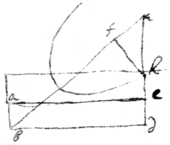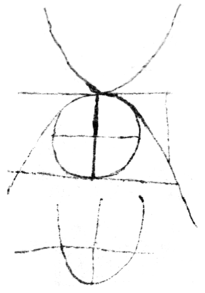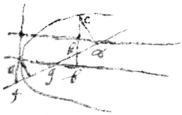[2] 
[3] 
[4] 
[5] 
[6] 
[7] 
[8] 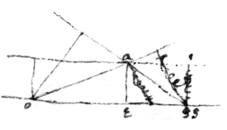
[9] 
[10] 
[11] 
[12] 
[13] 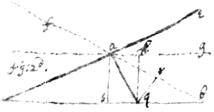
[14] 
[15] 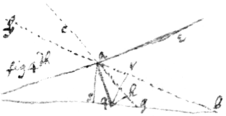
[16] 
[17] 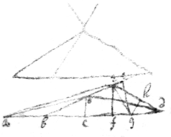
[18] 
[19] 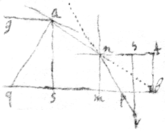
[20] 
[21] 
[22] 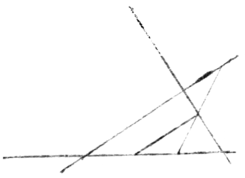
[23] 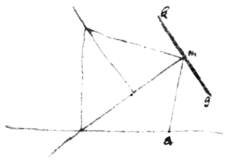
[24] 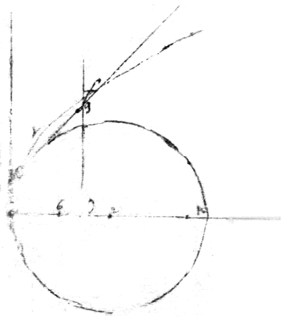
[25] 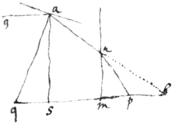
[26] 
[27] 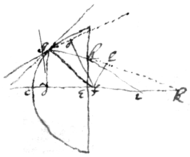
{illeg} . .
[29]
.
[30]
[32]

. for x. for x
.
for y


[33]

{illeg}. . . {illeg}. . . {illeg}. . . {illeg} . {illeg}=
{illeg}
{illeg} {illeg} {illeg}
[34] 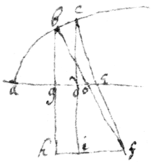
[35] 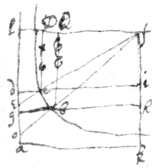
[36]
[38] 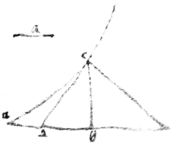
[40] {illeg}
[41] {illeg}
[42] {illeg}.
[43]
.
[44]
[45] {illeg}
. {illeg}
[46] . {illeg}. . . . {.}
{illeg}
. .

[47] 
{illeg}. .
.
.
. {illeg}
{illeg}
. {illeg}
[48] 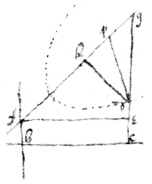
[49] 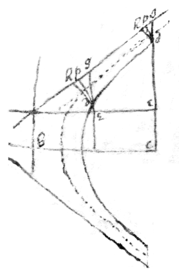
[50] 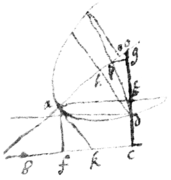
[51] 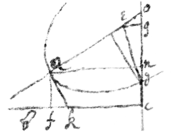
[52] 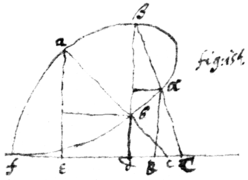
[53] 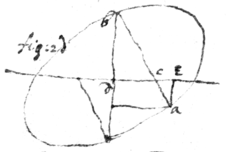
[54] 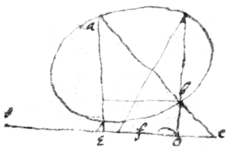
[55] September 1664

[56] 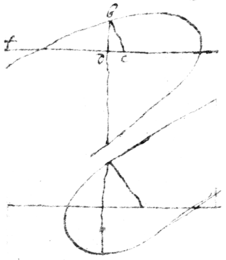
[57] 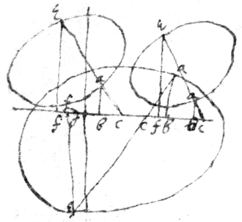
[58] 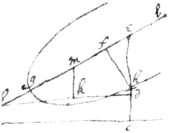
[59] .
y
[60] 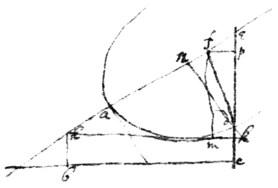
[61]
. . or . . . . . .
{}
[62] 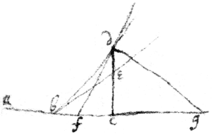
[63] 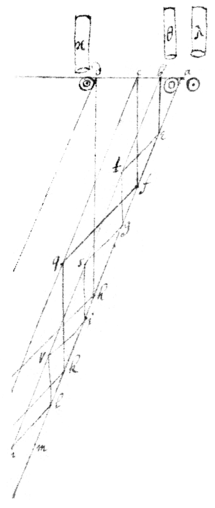
[65] 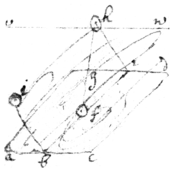
[66] 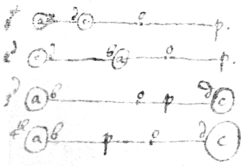
[67]
Noe motion is lost in reflection. For the circular motion being made by continuall reflection would decay.
[68] 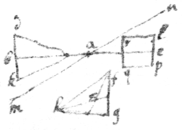
[70] {illeg}s Axiome 4th.
[71] 
[73] 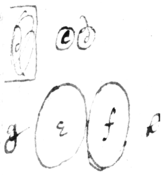
Of the seperation of body{s} after reflection
[75] 
[76] 
[77] 
[78] The center of motions determinacon & velocity
[80] 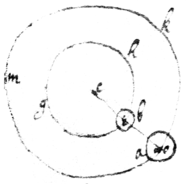
[81] 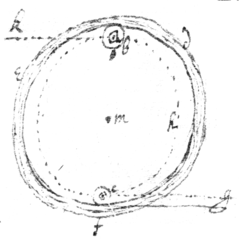
Of endeavor from the center

[82] 
[83] 
[84] 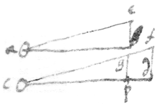
[85] 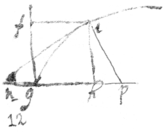
[86] 
[87] let this follow the 5t axiom
[88] 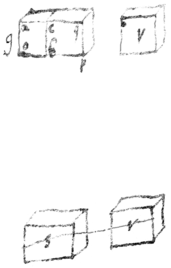
[89] What force is required to beget or destroy equall velocity in unequall bodys
[90] 
What resistance in bodys
[91] What force Indeavor & Pression is
[92] What force or Motion is in equivelox bodys
[93] 
What velocity acquired or lost in equall bodys by unequall forces
[94] What motion in bodys
[95] 
A generall Theorem of the proportion of velocity & motion of given body moving ☞ through given spaces in given times.
[96] What force required to beget or destroy unequall celerity in equall bodys
[97] Of hindering and helping motion
[98] What celerity acquired or lost by equall forces in unequall bodys
[99] 
What velocity & motion gotten or lost by unequall forces in unequall bodys ☞ A Generall Theorem.
[100] Of the {illeg} force in reflected bodys

[101] 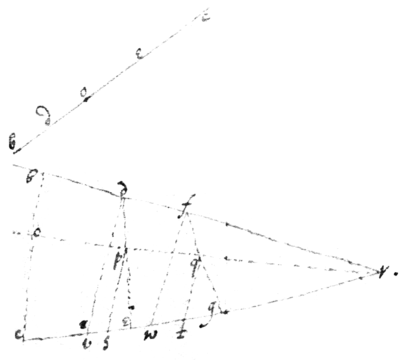
[102] 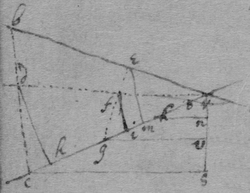
Two bodys being uniformely moved in the same plaine their center of motion which describe a streight line
[103] 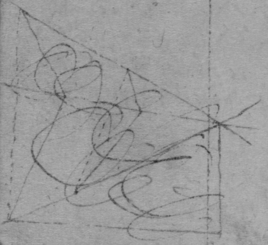
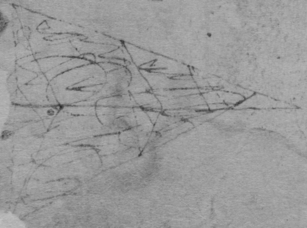
{illeg} the {illeg} {as divers plaines}
[104] 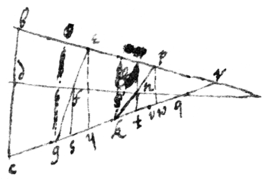
of the velocity of the center of motion 14
[105] The 28th & 30th proposition done otherwise
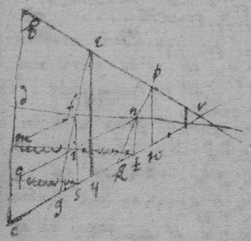
[106] Or thus
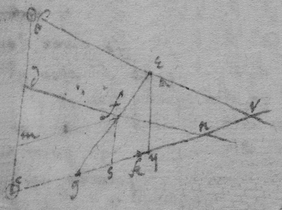
[107] 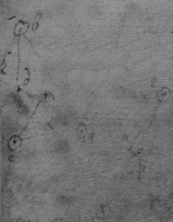
The {illeg} of motion is {illeg} before after {illeg}
[108] 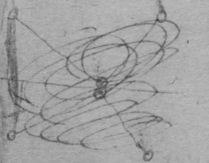
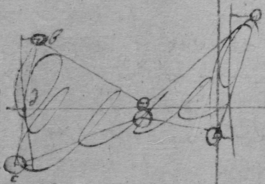
The center of motion in finite bodys hath the same velocity before & after reflection
[109] 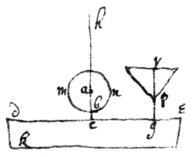
This ought to be proved by the 34th & 35t, & the 36t by this concerning the impresse of
on
[110] 

Of the Advantage of force in divers positions to some center.
[111] 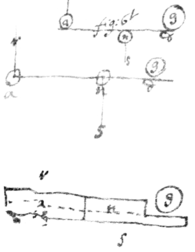
[112] 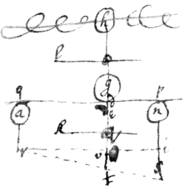
[113] 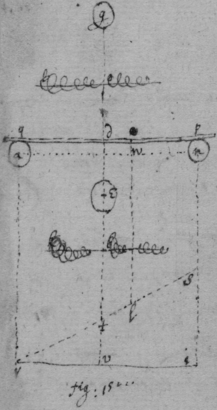
[114] 


































































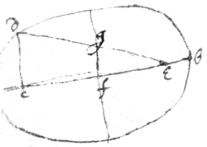
 .
. 





